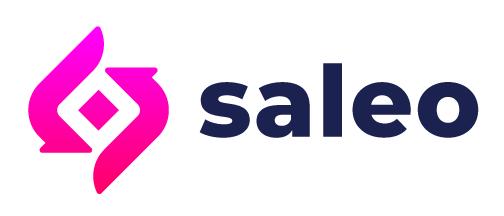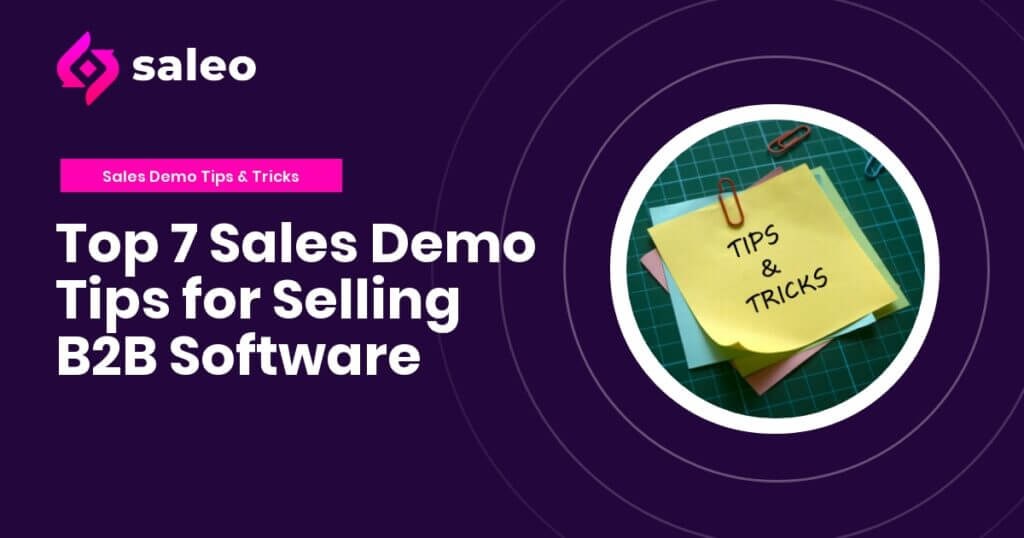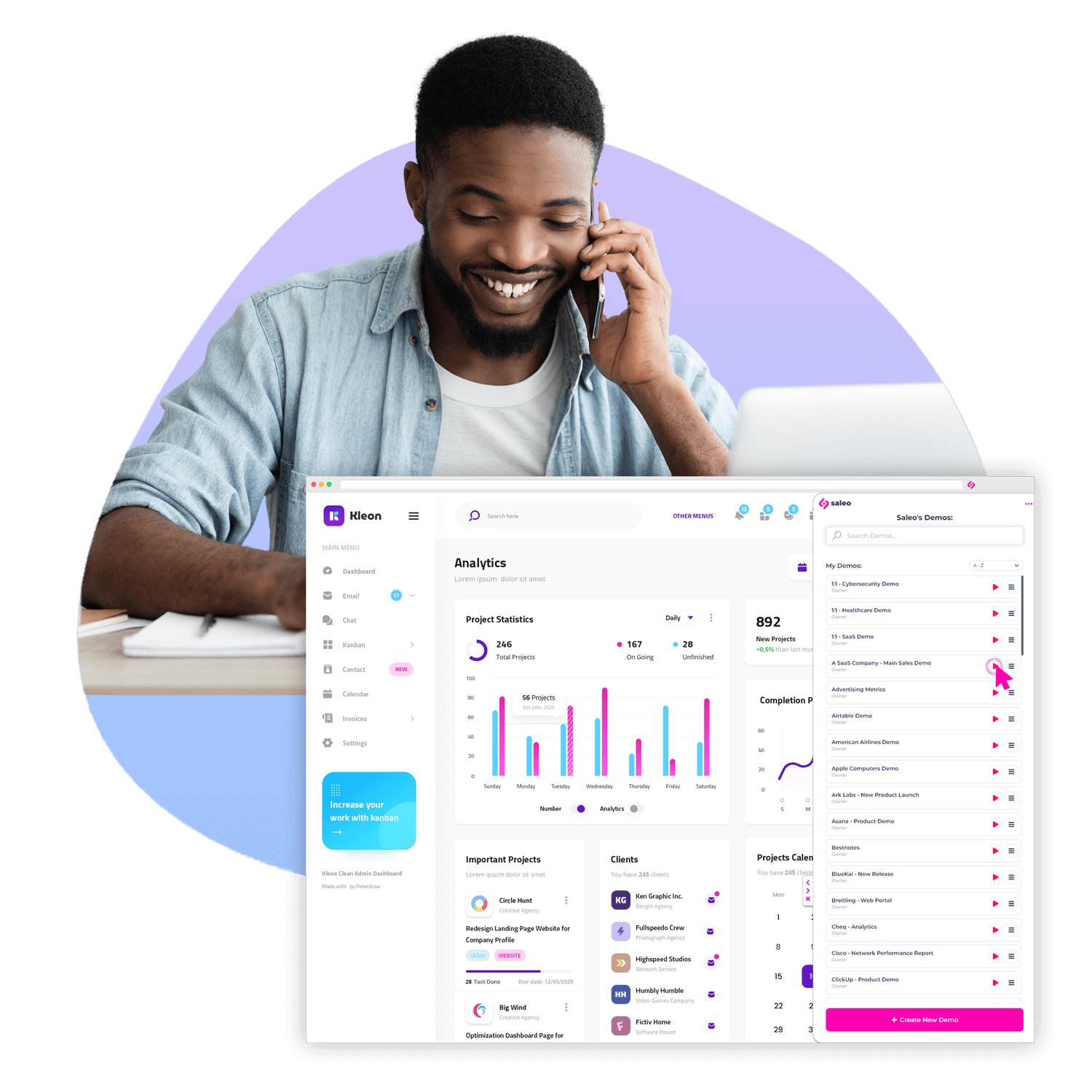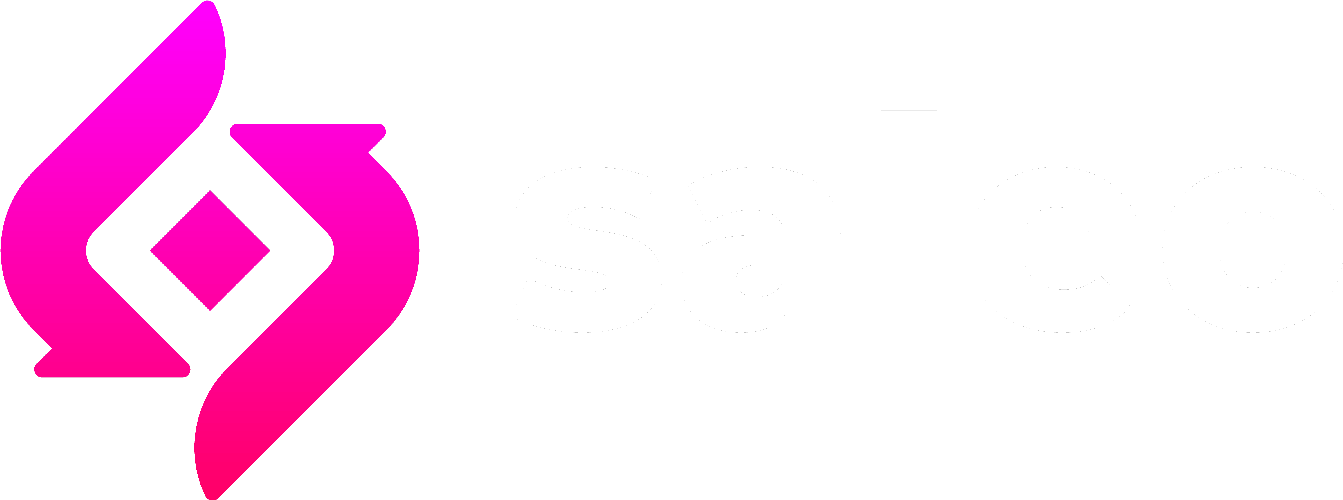In the competitive SaaS ecosystem and the changing buyer behavior, it is more critical than ever to nail your software demo. The sales demo you host can mean the difference between losing a prospect and closing a deal. An effective sales demo should be personalized and value-based, focusing on providing solutions that address the unique needs of your prospects.
When hosted correctly, a demo can make marketing easy, provide proof of your product value, help you win more deals, and increase your revenue. This article reveals effective sales demo tips for selling your B2B software.
What is a Sales Demo?
A sales demo is a visual presentation made by a sales representative to prospective customers to demonstrate the features, capabilities, and value of their product or service. The purpose of a sales demonstration is to show how a product or service provides a solution that addresses issues specific to the customer. This makes them want to make a purchase, ultimately converting them from prospects to customers.
Effective Sales Demo Tips for Selling your B2B Software
Now that you understand the basics of a sales demo, let’s dive deeper into how to deliver an incredible, data-complete demo for your B2B software.
1. Research your Prospects
The first and most crucial step of the sales demo process is to research and understand your prospect. Take time to understand their needs, pain points, and the kind of company they run or work for. You can begin by visiting the company website to identify the following factors.
- What is the company size?
- What products or services does the company sell?
- What departments are in the company?
- Who are the senior executive leaders or decision-makers in the company?
- Are they currently using tools that compete with yours?
- Who are your competitors in the target audience niche?
Once you have all this information, the next step is to get their contact for a discovery call. In case you are wondering, a discovery call is the first conversation with the prospect after showing interest in your product or service. It helps you understand them well and customize a demo for their specific needs, which is a critical component for a successful sales demo.
In the discovery call, you should dig deeper into the company’s information and ask the prospect how much they know about you. Prospects familiar with your company and products are more forthcoming with their challenges and more likely to make a purchase decision. They already have a reason to follow and engage with your sales demo, unlike those who are new and require more convincing.
2. Schedule a Demo Followed by Personalized Reminder Messages
So now you have had a discovery call with your prospect and understood their needs. They have also agreed to book a demo. It’s time to email your prospects and schedule a demo. Send personalized emails or messages to your prospects reminding them of your demos. You will be surprised how people forget that they even scheduled a demo.
3. Personalize the Sales Demo to Make it Relevant
The next step is personalizing a demo that provides a solution based on the prospect’s needs and challenges. This approach offers the prospects an opportunity to see themselves in the solution. There are three different levels of personalization.
- Full or Hyper-Personalization: This demo is explicitly created for a prospect to reflect their unique business requirements. It includes real prospect data and branding such as icons, logos, images, and more. Doing this keeps their attention and makes them feel like they have already bought your product.
- Semi-personalization: This is a lighter personalization option that only includes a few details about the prospect, such as a logo. Here, the sales representative presents a few B2B software features against the prospect’s needs or challenges, but it’s not a fully customized presentation. As a sales rep, you may ask the prospect what exactly they want to know most about your product. You will then customize a demo with the essential information they need.
- Non-personalized but relevant: Personalization may not be an option when dealing with volume and velocity sales processes. But you can still deliver a relevant experience to your prospects even if you are doing multiple demonstrations per day and are addressing a wider audience. All you need to do is identify a few challenges affecting them all and show how your product can solve their problems.
That said, you can’t afford to work without personalizing your sales demos. It’s one of the perfect ways to stand out against your competitors. Luckily, Saleo makes it easy to personalize your B2B software demos at a scale.
4. Test Everything Before Starting
Ensure you double-check all the tech and equipment you plan to use for your demo to ensure they are all running well. Nothing embarrasses a sales rep like having your tools acting up in the middle of a presentation. This can make you shift your focus, lose composure, or worse, make your prospects disinterested in your demos.
As a little checklist for your demo, ensure you test your:
- Room lighting
- Internet connection
- Microphone and audio settings
- Screen sharing or video calling tools
5. Talk More About Solving Problems
The primary goal of a B2B software sales demo is to show your prospects how your solution will solve their problems. By now, you know what they are trying to achieve. So, the demonstration should focus on proving that you understand their challenges and that your tool can alleviate them.
It is not time to focus on your product features. Your product may have the most dazzling features, but that is not what the prospects are seeking. They only care about addressing their pain points and solving their problems. Focus on a few cases that resonate with them and address their self-identified issues. Resist the urge to show your prospects every little thing.
6. Give your Prospects Time to Ask Questions and Encourage Engagement
A sales demo should not be a monologue. Such kind of a demonstration can easily bore your prospects. Be willing to create a dialogue that might help you deeply understand your prospects and how your product can help them even better. Some sales reps hesitate to welcome questions because they fear some might not have answers.
It’s okay not to have answers to all questions; this should not be a reason to panic. Just note down the questions that you feel are difficult and promise to address them in the following presentation or when you’re following up.
7. Conclude with a Call to Action and Leave Room for Feedback
Just like the calls to action on landing and web pages drive prospects to take action, CTAs at the end of a sales demo do the same. A CTA helps your prospects identify the steps they need to take after completing a demo. If they are ready to start using your product, you should direct them to their steps.
It is also best to leave time for feedback, preferably 10 minutes, to help you know what the prospects think about your product. With this, you will know whether they think you can solve their problems and point out areas they think should be improved. By the end of the demo, you will know what to expect from them.
Create Sales Demos that Close Deals with Saleo
By now, you know that demos are a vital part of your B2B software sales process. You must have also picked some tips to help you create incredible demos that close deals. Always remember that your demo’s primary focus should be your prospects. Spend most of the time explaining how your product will solve their problems and pain points.
Personalizing more demos to the prospects’ needs means deals close faster and for a higher value. Saleo helps you effectively hype-personalize your sales demos and gain complete control over every area of your software. Request a demo and start improving your sales funnel today.





